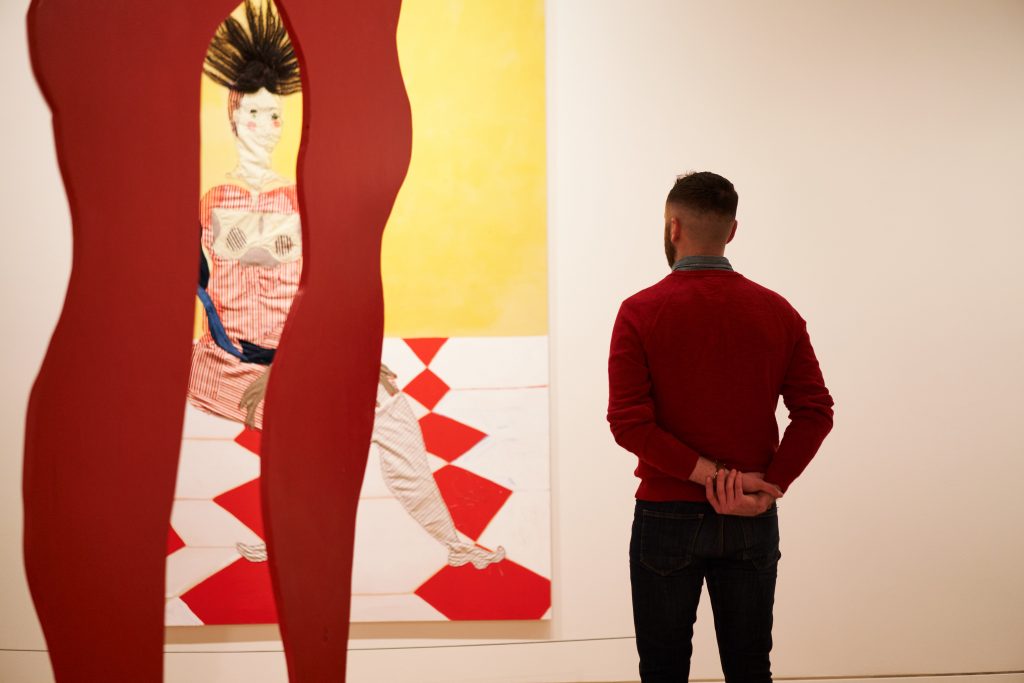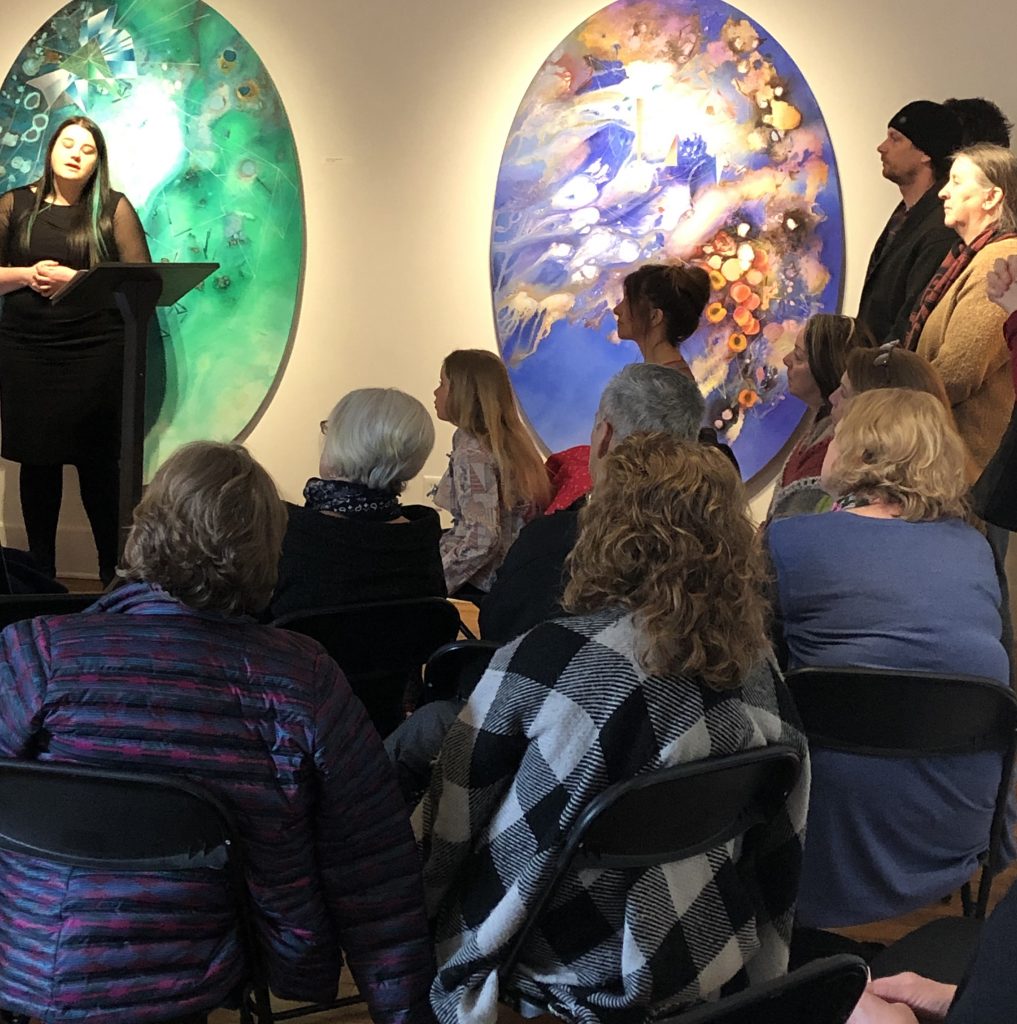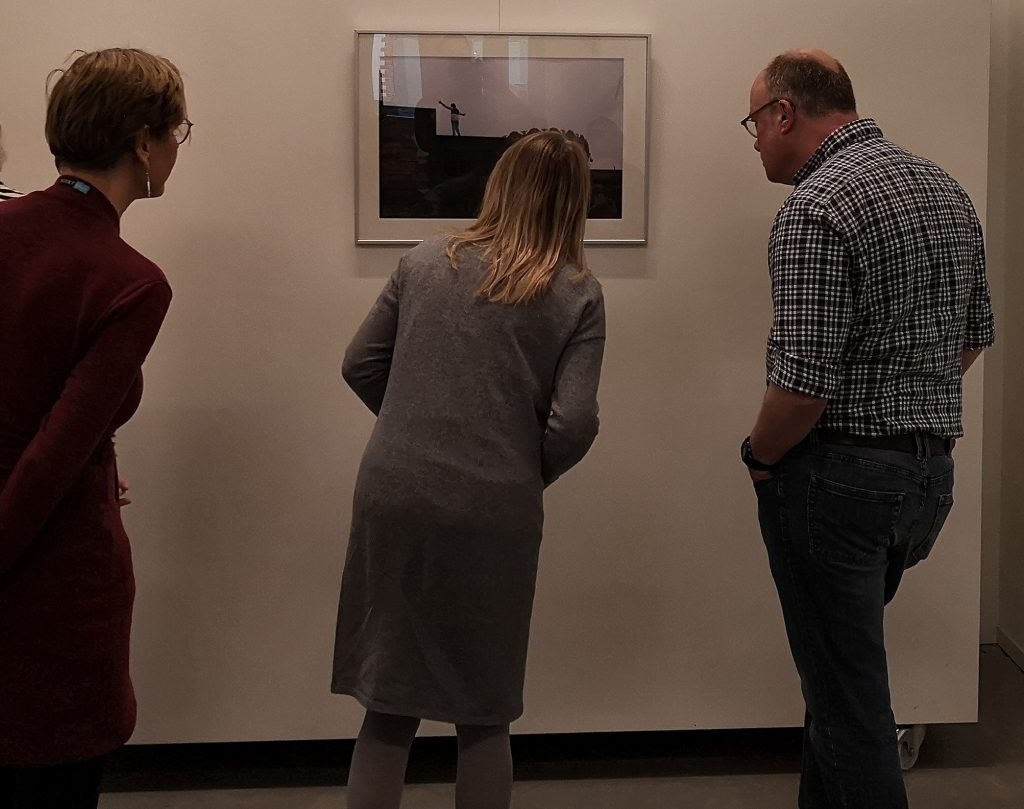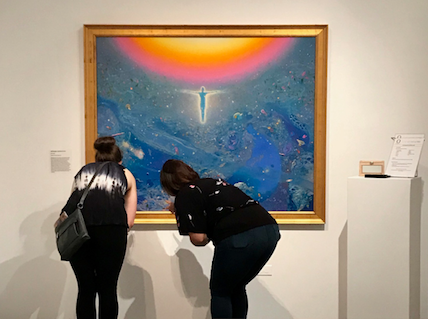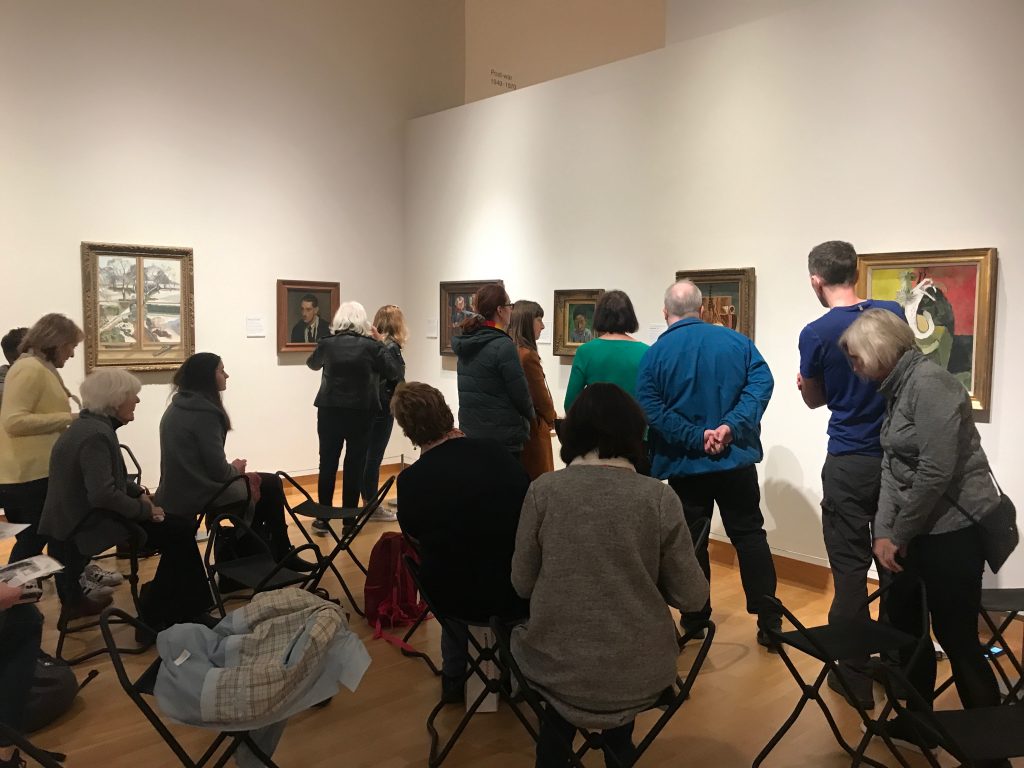[Note: Slow Art Day 2021 is coming up Saturday, April 10 – read the 2020 report for ideas on how to design your slow looking events.]
In this interview, Annalisa Banzi, Ph.D. (researcher in museum studies, psychology and neuroscience at CESPEB-Bicocca University) shares some ideas on “Wellness and Museums” with Elisabetta Roncati (art influencer), and focuses on Slow Art Day as a great example of programs that help with mental health.
Banzi and Roncati discuss the powerful effect of slow looking and how Slow Art Day is radically inclusive – i.e., allows people to include themselves in the art experience.
Moreover, Banzi argues that Slow Art Day has become a useful way to enhance people’s mental wellbeing during the pandemic *and* has given an important way for museums to interact with visitors all over the world.
Listen to the interview in Italian here.
Phil

